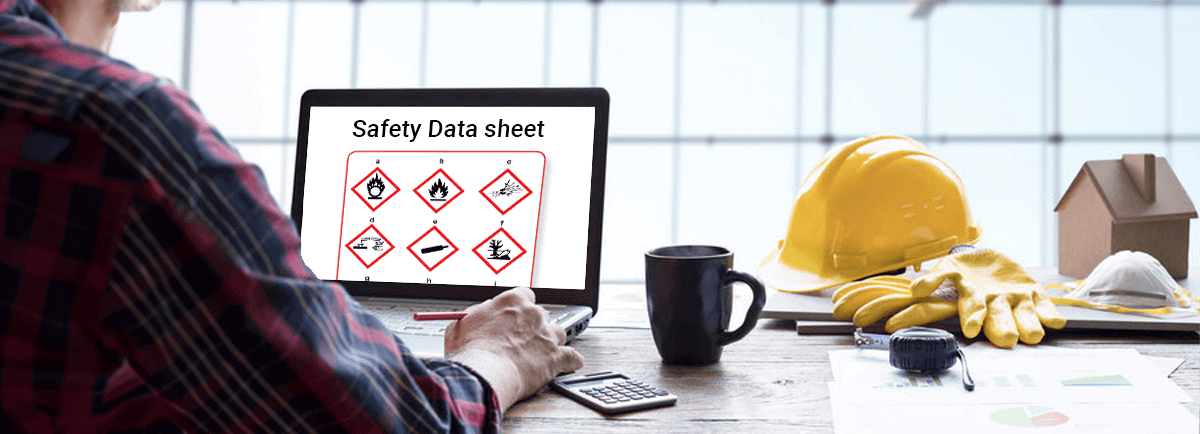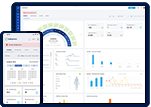
How to Read and Interpret a Safety Data Sheet (SDS)
Imagine this: you’re handling a chemical at work, and something goes wrong. Do you know where to find critical safety information or what steps to take next? This is where the Safety Data Sheet (SDS) becomes your go-to guide. An SDS isn’t just a compliance document—it’s a life-saving tool that provides essential details about hazardous substances. In this guide, we’ll break down how to read and interpret an SDS so you can stay informed, prepared, and safe.
The Importance of an SDS

Safety Data Sheets are not optional—they are a key component of workplace safety. They provide detailed information about a chemical’s properties, hazards, and handling precautions. Whether you’re a worker or a safety manager, understanding an SDS helps you prevent accidents and respond effectively to emergencies. It also serves as a critical resource during audits or regulatory inspections.
Overview of the SDS Format
Most SDSs follow a standardized format with 16 sections, as outlined by the Globally Harmonized System (GHS). These sections cover everything from identification and hazards to first-aid measures and disposal. Familiarizing yourself with this layout will make it easier to find the information you need. Knowing the structure can also help in training new employees more efficiently.
Step-by-Step Guide to Reading an SDS
Identify the Chemical
Start by looking at the product name, manufacturer details, and emergency contact information. This section ensures you’re working with the correct SDS for the chemical in question. Having accurate contact information is essential for quick action during emergencies.
Understand Hazards
This section highlights the chemical’s hazards, including physical and health risks. Look for hazard classifications, warning symbols, and precautionary statements to understand the risks. This information is crucial for determining appropriate protective measures.
Composition and Ingredients
Here, you’ll find a breakdown of the chemical’s components. This information is crucial for identifying hazardous ingredients and understanding potential exposure risks. It’s also useful for medical personnel in case of exposure incidents.
First-Aid Measures
In case of exposure, this section provides immediate steps to take. Whether it’s skin contact, inhalation, or ingestion, the first-aid measures outlined here can be life-saving. Keep this information accessible to ensure a timely response during emergencies.
Firefighting Measures
Learn about the fire risks associated with the chemical and appropriate firefighting techniques. This section also includes recommended extinguishing agents and precautions for firefighters. Understanding these details can help in pre-incident planning.

Accidental Release Measures
Spills happen, and this section guides you on containment and cleanup procedures. It also outlines how to minimize environmental impact during a release. Following these steps can significantly reduce the risk of secondary hazards.
Handling and Storage Guidelines
Proper handling and storage are critical for chemical safety. This section explains how to store the substance safely and what precautions to take when using it. Adhering to these guidelines helps extend the chemical’s shelf life and reduces risk.
Exposure Controls and Personal Protection
This section provides information on exposure limits and personal protective equipment (PPE). Use this to ensure workers are adequately protected during handling. Regularly updating PPE standards based on this section can enhance workplace safety.
Physical and Chemical Properties
Understand the substance’s characteristics, such as its boiling point, pH, and flammability. This helps you assess the risks associated with its use. Familiarity with these properties is essential for safe operational planning.
Safety and Environmental Details
These sections cover stability and reactivity, toxicological information, ecological impact, disposal considerations, transport information, and regulatory details. While often technical, they are essential for safe and compliant chemical management. These details are especially valuable when shipping or disposing of the substance.
Common Misinterpretations and How to Avoid Them
Workers often overlook key details or misinterpret technical terms in SDSs. To avoid this, ensure thorough training and encourage questions. Always cross-check critical information with your safety officer if unsure. Consistent review sessions can further improve understanding.
SDS Accessibility and Updates
An SDS is only useful if it’s accessible and up-to-date. Store copies where workers can easily access them, and regularly update SDSs to reflect changes in regulations or chemical formulations. Digital solutions can streamline access and ensure version control.
Conclusion
Safety starts with knowledge. By learning how to read and interpret an SDS, you empower yourself and your team to work confidently and safely. Remember, an SDS is more than a document—it’s a cornerstone of workplace safety. Regularly reviewing and applying its information is key to creating a safer work environment.

Ramesh Nair is the Founder and Principal Partner of Niyati Technologies, the company behind Safetymint.
He’s a dedicated advocate for workplace safety. Ramesh firmly believes that every individual deserves to return home safely after a day’s work. Safetymint, the innovative safety management software, emerged from this conviction. It’s a platform designed to streamline safety management, empower safety professionals, and enhance safety in workplaces.
Through his blog, Ramesh shares insights, best practices, and innovative solutions for workplace safety. Visit his social media profiles to follow him for regular updates.



